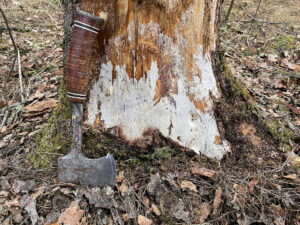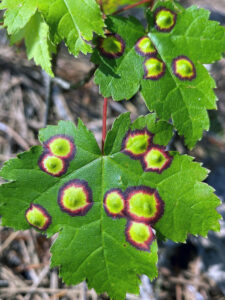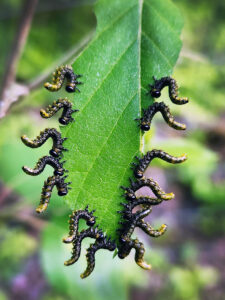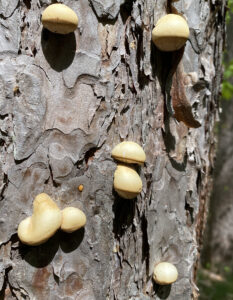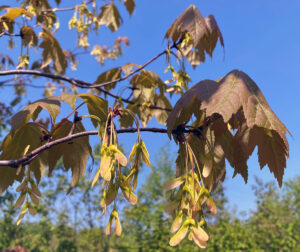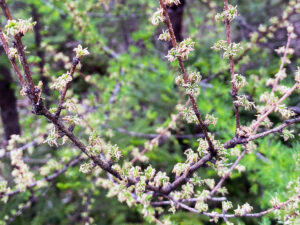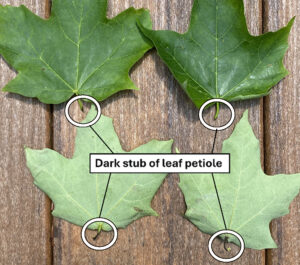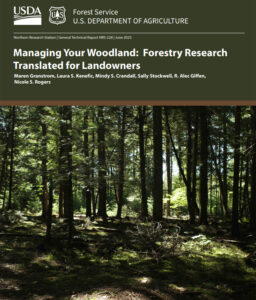
The cover of a U.S. Forest Service publication called “Managing Your Woodland: Forestry Research Translated for Landowners.” / Graphic Credit: USDA Forest Service
By Wisconsin DNR
Have you ever heard a forester talk about shelterwood or group selection and found yourself wondering what they are talking about?
Or maybe you read those terms in your forest management plan and aren’t entirely clear what they mean? If so, you might want to check out a new publication called Managing Your Woodland:
Forestry Research Translated for Landowners [PDF].
The U.S. Forest Service recently released the publication, which breaks down forest ecology, silviculture and various forest management systems for landowners and other non-forestry experts. Although the publication comes out of the Northeast United States, the tree species, forest types and forest management are not entirely different from the forests and forestry practices in Wisconsin.

